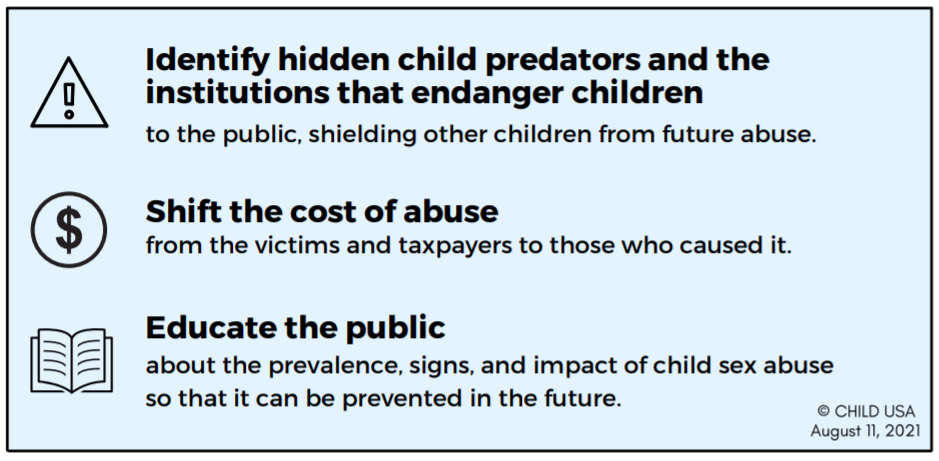
Child Safety Legislation In The Works: A Round-Up
By a Biometrica staffer
At Biometrica, child safety and protection has always been at the heart of what we do. We ended 2021 with a look-back special at various issues surrounding this all-important public safety subject that took centerstage through last year. In this piece — our first feature of the year — we examine a few pieces of legislation that, if passed this year, could add a few more necessary tools to the nation’s child safety & protection kit.
Each year, millions of children in the U.S. directly experience or witness violence in their homes, neighborhoods, and schools, the National Criminal Justice Reference Service (NCJRS) says in an archived document on child victims of crime. The impact of such incidents on the country’s young is “undeniably profound,” the NCJRS document adds. When it comes to sexual abuse, the impact on child victims is life-long and traumatic, but it often takes decades for them to realize or understand they were abused and to take action, a report from mid-2021 by the non-profit organization Child USA says. Any form of child abuse, needless to say, can take years to overcome.
Several pieces of legislation introduced through 2021 aim to address child abuse. Here’s a quick glance at a few.
H.R. 2922 — Statutes of Limitation for Child Sexual Abuse Reform Act
The bill in brief: To amend the Child Abuse Protection and Treatment Act to incentivize states to eliminate civil and criminal statutes of limitations and revive time-barred civil claims for child abuse cases, and for other purposes.
It was introduced in the House on July 29. The bill has only one, the original, co-sponsor so far. A similar bill was introduced in the Senate on Oct. 28 titled “Eliminating Limits to Justice for Child Sex Abuse Victims Act of 2021.” For more on that bill, click here.
“The prevalence of child sexual abuse is difficult to determine because it is often not reported; however, data suggests that child sexual abuse is a public health epidemic that affects 1 in 5 girls, and 1 in 13 boys in the Nation,” the bill in the House lists as part of its findings. It adds: “It is estimated that there are approximately 9 million cases of child abuse and exploitation reported every year in the United States … Historically, 90 percent of child victims never go to the authorities and the vast majority of claims have expired before the victims were capable of getting to court.”
You can find the full text of the act here.
Why is this bill important? As we mentioned earlier, when victims of child sex abuses do come forward, sometimes after decades, they can often find that it’s too late to access justice because of the statutes of limitations. It’s this challenge that reforms aimed to address across several states via revival windows last year. In the case of New York, revival windows helped in various ways, per the Child USA report cited earlier.

H.R.807 — Invest in Child Safety Act
The bill in brief: It modifies the federal framework governing the prevention of online sexual exploitation of children. It establishes within the Executive Office of the President a new office — the Office to Enforce and Protect Against Child Sexual Exploitation — to coordinate federal efforts to prevent, investigate, prosecute, and treat victims of child exploitation. The bill also seeks to establish the Child Sexual Exploitation Treatment, Support, and Prevention Fund to make grants and fund federal efforts to treat and support victims of child sexual exploitation and evidence-based programs and services to prevent child sexual exploitation.
As a final measure, the bill also aims to make changes to the reporting requirements for electronic communication service providers and remote computing service providers (providers) who report apparent instances of crimes involving the sexual exploitation of children. Among those changes, it requires providers to report facts and circumstances sufficient to identify and locate each involved individual and increases the amount of time that providers must preserve the contents of a report.
It was introduced in the House on Feb. 4 and has two co-sponsors, who are both the original co-sponsors of the bill. For the related Senate bill, click here.
The long title of this bill is to “establish the Office to Enforce and Protect Against Child Sexual Exploitation.”
You can find the full text of the act here.
S.886 — National Child Abuse Help Hotline Act of 2021
The bill in brief: It provides for a grant to establish and operate a National Child Abuse Hotline that makes available assistance and information services 24 hours a day to victims of child abuse or neglect, their families, caregivers, and individuals required by law to report suspected child abuse or neglect. The Department of Health and Human Services may award the grant to a nonprofit entity with experience operating a hotline and providing such assistance and support.
It was introduced in the Senate on March 22 and has one, the original, co-sponsor so far.
The long title of the act is to “establish a National Child Abuse Hotline.”
You can find the full text of the act here, and related bills here.
H.R.485 — Stronger Child Abuse Prevention and Treatment Act
The bill in brief: It reauthorizes through FY2027 and revises the Child Abuse Prevention and Treatment Act and the Child Abuse Prevention and Treatment and Adoption Reform Act of 1978 to expand services for preventing and treating child abuse. It specifically establishes requirements concerning collecting and exchanging data about child abuse and neglect. It also addresses child abuse and neglect related to families impacted by substance use disorders, racial bias in the child protective services system, and child sexual abuse.
It was introduced in the House on Jan. 25 and was passed/agreed to in the House on March 16. The bill has 30 co-sponsors in total so far.
The long title of this act is to “reauthorize the Child Abuse Prevention and Treatment Act, and for other purposes.”
You can find the full text of the act here, and several related bills here.
S.1483 — Child Abuse Death Disclosure Act
The bill in brief: It requires states receiving child welfare grants to report specified information about child deaths from maltreatment. In addition, it also says the Children’s Bureau must promulgate rules establishing standardized definitions for states to use in such reporting.
This bill was introduced in the Senate on April 29 and has one, the original, co-sponsor so far.
The long title of this act is to “amend part B of title IV of the Social Security Act to require States to review child fatalities from maltreatment, and for other purposes.”
You can find the full text of the act here.